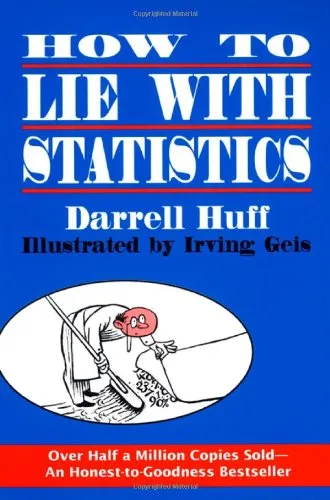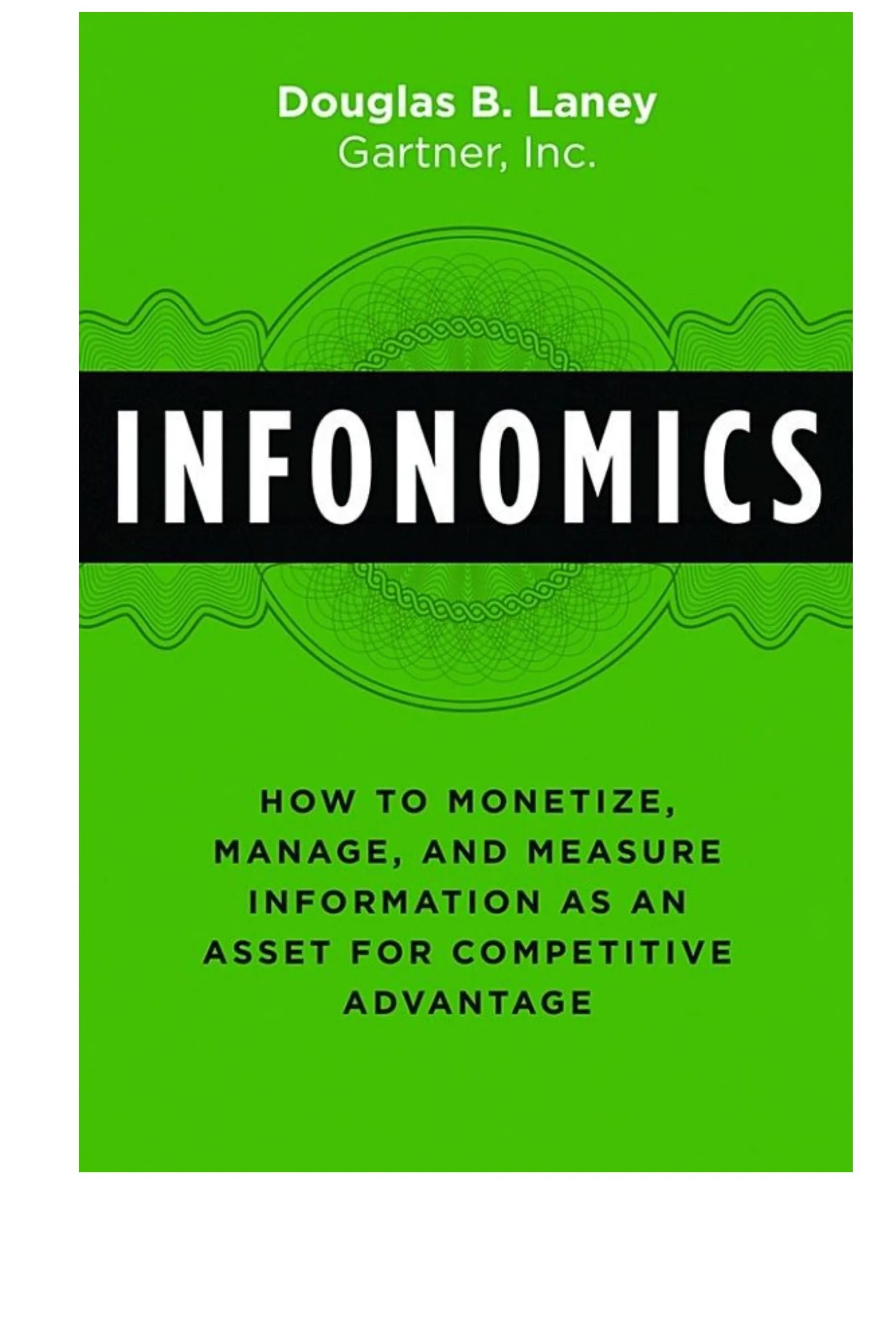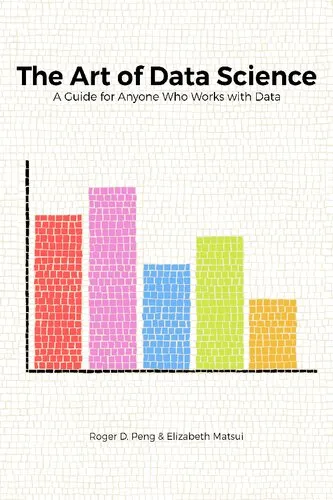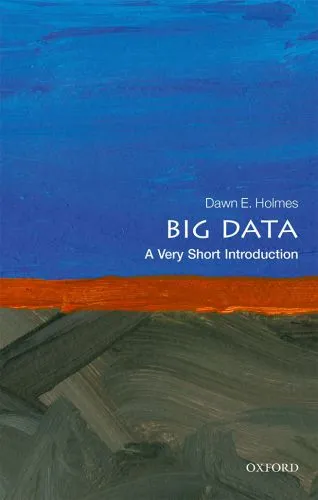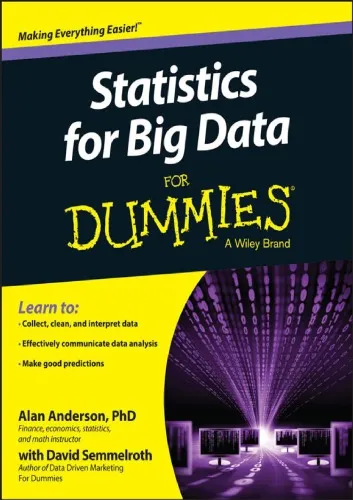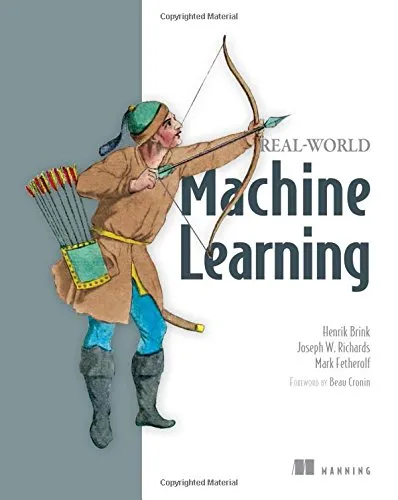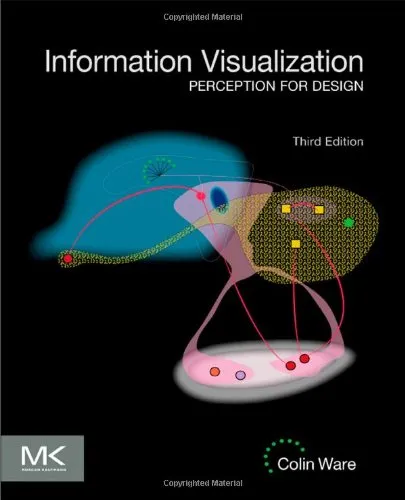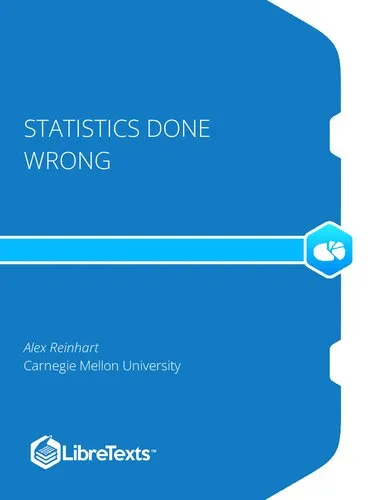How to Lie With Statistics
4.5
Reviews from our users

You Can Ask your questions from this book's AI after Login
Each download or ask from book AI costs 2 points. To earn more free points, please visit the Points Guide Page and complete some valuable actions.Related Refrences:
Introduction to 'How to Lie with Statistics'
Written by Darrell Huff and illustrated by Irving Geis, How to Lie with Statistics is a timeless classic that demystifies the art of statistical deception. This book is renowned for unveiling how statistics can be manipulated and misrepresented to support any argument or agenda. Through humor and real-world examples, Huff helps readers develop a critical mindset, allowing them to discern truths from the cleverly disguised lies woven through statistics.
Detailed Summary of the Book
Throughout How to Lie with Statistics, Huff explores the myriad ways in which data can be manipulated. Starting with the fundamental components of statistics, he identifies the common techniques used to mislead or confuse audiences—ranging from biased sampling to exploiting averages. The book covers the misuse of graphs and charts where axes can be adjusted to exaggerate trends or hide significant data points. Huff then delves into statistical jargon that is often used to baffle rather than inform, demonstrating how statistical concepts can be twisted to create false impressions.
Each chapter builds upon the other, culminating in a comprehensive guide to understanding and detecting statistical manipulation. Huff emphasizes that statistics are often wielded as weapons to push particular narratives, and only by recognizing these tactics can one wisely navigate the sea of numbers encountered in everyday life.
Key Takeaways
- The Illusion of Objectivity: Statistics often appear neutral and factual, yet the interpretation and presentation can be swayed to serve particular interests.
- Sampling Bias: The importance of asking "who was surveyed?" to detect potential biases in sampling methodologies.
- The Danger of Averages: How averages can be misleading and do not represent the variations within the data set.
- Graphs and Visuals: Visual representations can be manipulated to emphasize certain trends or hide others.
- Understanding Correlation vs. Causation: Recognizing that correlation does not equate to causation is fundamental in interpreting statistics accurately.
Famous Quotes from the Book
“A well-wrapped statistic is better than Hitler’s ‘big lie’; it misleads, yet it cannot be pinned on you.”
“The secret language so common and its macrocosmic cousin, pseudo-statistics, is a powerful personal tool of the statistician.”
Why This Book Matters
How to Lie with Statistics is more relevant than ever in an age overflowing with data and digital content. In a world where data is omnipresent, and decision-making is increasingly data-driven, Huff’s book serves as a critical tool for rooting out misinformation and discerning truth. It empowers readers with the knowledge to question and analyze statistical claims, whether encountered in media reports, advertisements, or during discussions on important social and political issues.
The enduring popularity of Huff’s book underscores the ongoing need for statistical literacy in society. As data becomes an influential tool in shaping opinions and behaviors, the ability to understand and critique statistical information is essential. Huff provides the framework to approach statistics with a rational and skeptical lens, making this book an indispensable guide for anyone wishing to be informed, rational, and conscientious in their engagement with data.
Free Direct Download
You Can Download this book after Login
Accessing books through legal platforms and public libraries not only supports the rights of authors and publishers but also contributes to the sustainability of reading culture. Before downloading, please take a moment to consider these options.
Find this book on other platforms:
WorldCat helps you find books in libraries worldwide.
See ratings, reviews, and discussions on Goodreads.
Find and buy rare or used books on AbeBooks.
1626
بازدید4.5
امتیاز0
نظر98%
رضایتReviews:
4.5
Based on 0 users review
Questions & Answers
Ask questions about this book or help others by answering
No questions yet. Be the first to ask!
